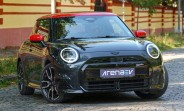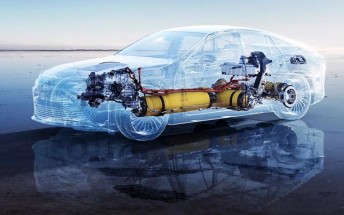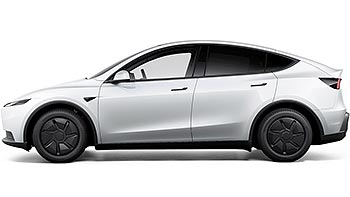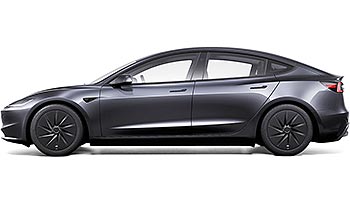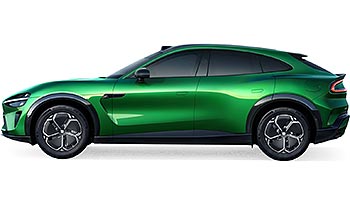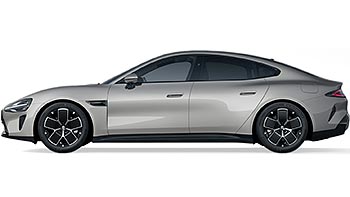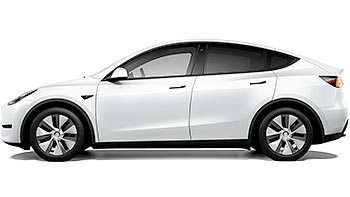Hyundai and Kia unveil Active Air Skirt technology to boost EV range

Electric vehicles continue to evolve at a rapid pace, with automakers constantly seeking innovative ways to enhance their range and performance. Hyundai Motor Group has unveiled a new solution in the form of Active Air Skirt (AAS) Technology, promising to boost the range of EVs.
AAS is designed to enhance both the top speed and range of electric cars by improving their aerodynamic efficiency. The technology employs adjustable air skirts in front of the front tires, concealed behind the front bumper when not needed, to minimize turbulence generated by the rotating wheels.
The AAS system springs into action when the vehicle surpasses 50 mph, effectively directing airflow around the front wheels. As the vehicle's speed dips below 43 mph, the air skirts automatically retract.
Testing conducted with the Genesis GV60 revealed impressive results of the Active Air Skirt Tech. It managed to reduce the drag coefficient (Cd) by 0.008, translating to a notable 2.8% improvement in overall drag. The implications for electric vehicles are substantial, particularly on the highway, where the air resistance penalty is the highest.
The AAS system added a valuable 3.7 miles to the vehicle's range - hardly a game changer, but still handy. Hyundai estimates its can contribute up to 8 miles to the range under ideal conditions.
Hyundai's AAS system maintains effectiveness at speeds exceeding 124 mph. It contributes to additional downforce, traction, and stability, making it a versatile technology that benefits electric cars across various scenarios, including high-speed driving.

The AAS system is currently undergoing durability and performance testing, with Hyundai and Kia evaluating its potential for inclusion in the production vehicles. Sun Hyung Cho, Vice President and Head of the Mobility Body Development Group at Hyundai Motor Group, emphasized the technology's potential impact, particularly on SUVs: "This technology is expected to have a greater effect on models such as SUVs where it is difficult to improve aerodynamic performance."
Existing Hyundai models like the Ioniq 6, already incorporate various active and passive aero features such as active air flaps, wheel air curtains, wheel gap reducers, and rear spoilers, all aimed at reducing drag coefficients and enhancing performance.
Related
Reader comments
Nothing yet. Be the first to comment.






